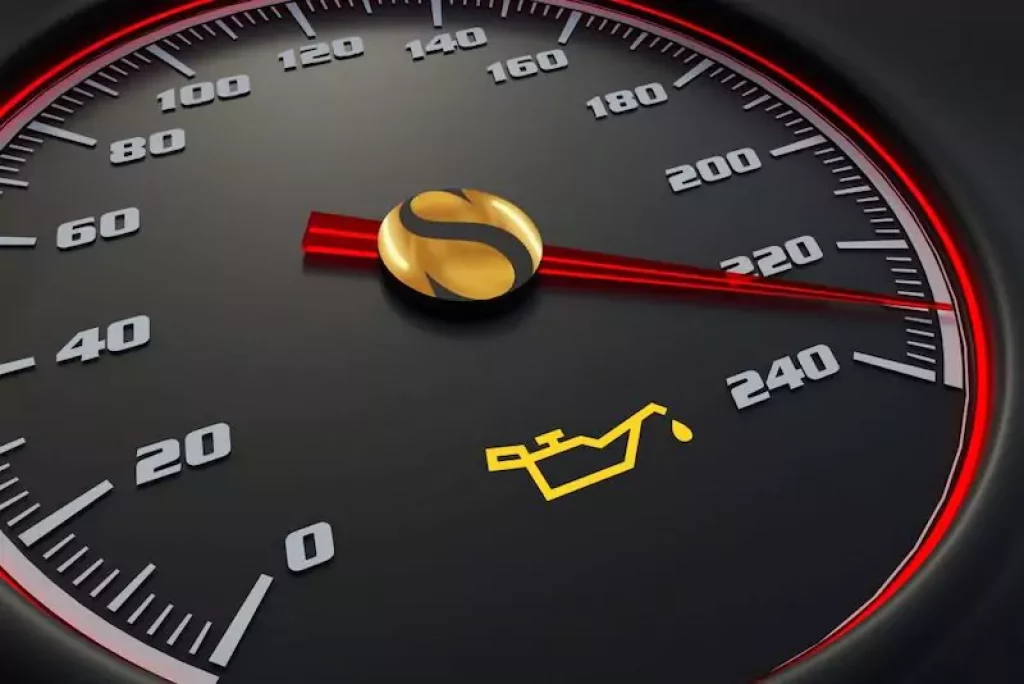When you see a warning light in your car, it is important to take it seriously and address the issue as soon as possible. However, does that mean you must pull over and turn off your car every time you see a warning light? In most cases, you can continue to drive your car safely while the warning light is on – but there are a few exceptions. Here’s what you need to know about driving with a warning light in your car.
What Is A Warning Light?
A warning light indicates that something in your car is not working properly. Many warning lights can come on in a car, each indicating a different problem. For example, there is a warning light for low oil pressure, low tire pressure, overheating, and more. Unfortunately, improper warning lights are a common cause of accidents, as stated by the team at https://olsonlawfirm.com/cheyenne/car-accident-lawyer/causes/. So, some of the most common warning lights that you need to look out for include the following:
- Check Engine Light: This light indicates a problem with the vehicle’s emission control system.
- Oil Pressure Warning Light: This light comes on when the oil pressure in the engine is too low.
- Tire Pressure Warning Light: This light comes on when the tire pressure in one or more tires is too low.
- Battery Warning Light: This light comes on when the battery is not charging properly.
- Overheating Warning Light: This light comes on when the engine is overheating.
What Does It Mean When A Warning Light Comes On?
When a warning light comes on in your car, something is wrong, and you should have it checked out as soon as possible. However, it does not necessarily mean you must immediately pull over and turn off your car. In most cases, you can continue to drive your car for a short period until you can get to a safe place to stop.
Serious Issues Can Arise
However, some warning lights indicate a more serious problem, and you should not continue to drive if you see them. For example, if the oil pressure light comes on, it means that the oil level in the engine is low, and you could damage the engine if you continue to drive. Likewise, if the tire pressure warning light comes on, one or more of your tires is low on air, and you could have a blowout.
If the battery warning light comes on, the battery is not charging properly, and you could lose power while driving. Lastly, if the overheat warning light comes on, the engine is overheating, and you could cause serious damage if you continue to drive.
What Should You Do If A Warning Light Comes On?
If it comes on in your car, the first thing you should do is try to identify what the problem is. If you can’t figure it out, the best thing is to take your car to a mechanic and have them check it out. In most cases, they will be able to quickly diagnose the problem and fix it.
However, if the problem is more serious, they may need to tow your car to their shop for further repairs. Additionally, if you are driving and a warning light comes on, finding a safe place to pull over and stop is best. Once you are stopped, you can turn off the engine and wait for a tow truck or a mechanic.
How To Maintain Your Car System
To avoid it coming on in your car, it is important to maintain your vehicle and keep an eye on the lights. In addition, you should regularly check your engine’s oil level and ensure it is topped off. You should also check the tire pressure in your tires and fill them up if they are low. Additionally, it would help if you had your car’s battery and emission control system checked regularly by a mechanic. Doing these things can help prevent one from coming on in your vehicle.
For example, if the oil level in your engine is low, the oil pressure light will come on. If you keep an eye on the warning lights and maintain your car, you can help prevent accidents and keep yourself safe on the road.
It is usually safe to continue driving your car when a warning light comes on. However, there are some exceptions where you should not continue driving, and you should have your vehicle checked out as soon as possible. If you ever have doubts, it is always best to avoid caution and take your car to a mechanic.
